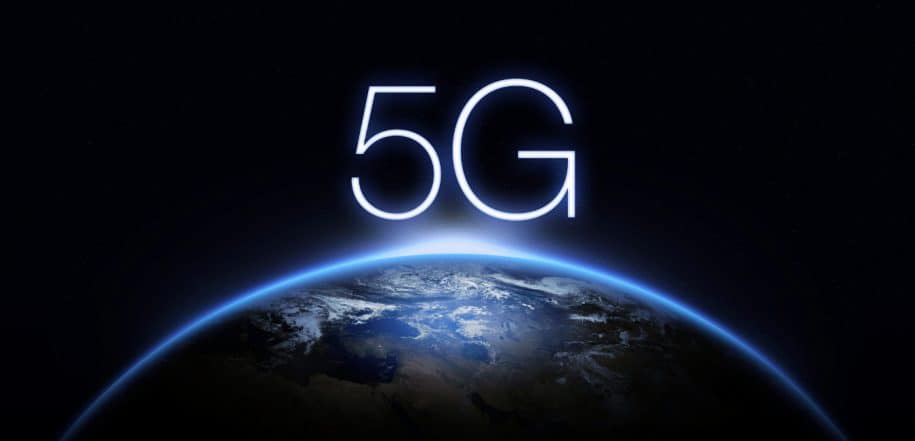The buzz about 5G has died down since initial deployments in 2019, but 5G connectivity is still growing fast. In 2022, nearly three-quarters of U.S. smartphone sales were 5G-enabled devices, and over 200 million Americans now have access to 5G coverage at home. But what are the impacts of 5G in healthcare?
We’ll cover the basics of 5G and explain how you can expect it to change healthcare organizations and patient care.
What is 5G again?
5G is a new generation of wireless networks that is faster and better in several ways.
The “G” in 5G refers to “generation.” Before 5G, we had 1G, 2G, 3G, and 4G networks. Each generation involved new technology that facilitated more connectivity and new applications. For example, 4G phones first appeared in the U.S. around 2010, allowing much faster connections that paved the way for applications like Uber, Snapchat, and FaceTime.
When fully rolled out, 5G will make connecting to the internet from mobile devices faster and more reliable in more places. 5G can theoretically transfer data 100 times faster than 4G. Still, in practice, most users can expect their mobile connections to be about ten times faster than at present.
5G in healthcare: three trends
Improved connectivity makes current technology function better, but it also spurs technology innovations that weren’t possible before. In healthcare, 5G will create new possibilities for remote care, empower patient control of their health, and make everything happen just a little faster.
1. Telehealth will enable new types of remote care
The COVID-19 pandemic massively accelerated the demand and availability of telehealth, and experts predict the popularity of virtual care to keep growing. 5G supports this transition by providing faster, more reliable internet connections.
When discussing telehealth, most people think about video calls for a traditional e-visit with their primary care or mental health provider. 5G will certainly make two-way HD video calls more accessible and more common.
But the possibilities for remote care with 5G are much more expansive.
For example, physicians in China have leveraged 5G to perform remote lung ultrasounds on COVID-19 patients using a robotic arm controlled by an off-site specialist. Similarly, there has been progress toward innovations like “telepresence,” in which a remote surgeon watches a real-time operation while providing expertise and support.
Without the lightning-fast wireless data transfer capability enabled by 5G, these types of remote care wouldn’t be possible. They simply require higher quality video transfer faster than the older technology can provide.
New 5G-enabled telehealth applications can protect examiners from cross-infection, alleviate the pressure of medical resource shortages, and make it possible to deliver new types of care at the patient’s bedside or in their home.
2. 5G will further empower patients to take control of their health
Existing broadband networks have already given patients more ways to access care and engage with their health data. 5G will continue this trend, making it possible to roll out new medical technologies that allow patients to measure and monitor their health from home.
For example, patient portals emerged in the early 2000s as broadband replaced dial-up internet. As 5G becomes the norm, we can expect patients to have even more ways to view their health data online, access lab results and images, and find remote care.
It’s impossible to say precisely what form these innovations will take, but we can expect 5G to further empower patients with access to data and providers.
3. Faster data transfer will improve mobility and reduce delays
With data transfer speeds up to 100 times faster than 4G, the new 5G networks will reduce delays and improve mobility in all aspects of healthcare.
Medical imaging is an obvious example because researchers and clinicians are already working toward more portable medical scanning. This includes small scanners wheeled inside the hospital to the bedside and conventional scanners brought via truck to provide care in remote areas. Faster mobile networks are critical to this type of technology’s continued development and efficacy.
If you remember one thing about 5G, it should be that the next generation of mobile communication systems will supercharge the trend toward increasing mobility in healthcare.
Broadband networks and smartphones have already enabled a massive shift toward remote care and faster communication across healthcare systems. 5G will accelerate these trends while enabling innovations that seemed unimaginable just a decade ago.

